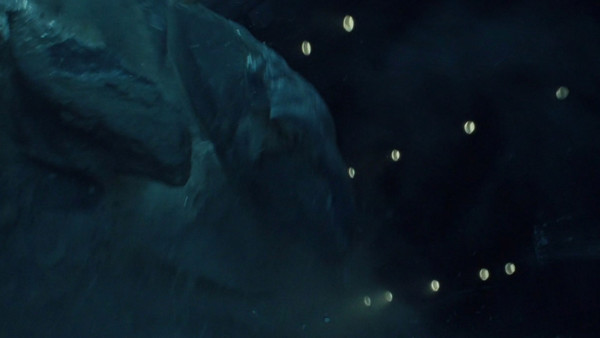10 Ways You Think About The Titanic All Wrong
7. The Iceberg Didn’t Rip A Hole In The Ship

Oh yeah, about that damage - while there was definitely a big gaping hole in the Titanic, it wasn't caused by the iceberg snapping, piercing, ripping or otherwise destroying the ship's hull. And, really, that should be obvious - could ice really rip apart plate steel?
What actually happened was that the strength of the iceberg, coupled with the forward momentum of the ship, put pressure and the plates and caused the rivets holding the hull together to pop out, creating the hole and causing water to rush in, and you know the rest.
But to find out why that happened (while it's more likely than ripping apart plate steel, ice shouldn't be strong enough to break the connections either) we have to go back to the ship's production at Harland & Wolff in Belfast and get a bit sciency. The rivets traditionally used in building ships were iron, which were very rigid and durable, but for the front end, where the hull curved and thus placing of rivets was harder, a lower quality, more malleable slag iron compound was used.
While they did the job of holding the plates together well enough, the low-strength metal (which was further weakened by being hammered into place) took considerably less pressure than the usual, high quality rivets for them to buckle.